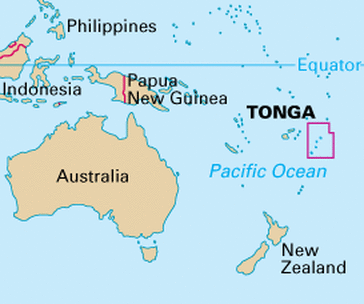Social Justice
Universal Ratification to Child Labour Convention
- 14 Aug 2020
- 4 min read
Why in News
Recently, International Labour Organization (ILO)’s convention on Worst Forms of Child Labour also known as Convention No. 182 received universal ratification after the Kingdom of Tonga ratified the same.
Key Points
- Universal Ratification:
- It means ratification by all the members of an organisation. Convention No. 182 has received ratification from all the 187 members of ILO.
- Child Labour:
- The ILO defines child labour as work that deprives children of their childhood, their potential and their dignity, and that is harmful to their physical and mental development.
- In the least developed countries, slightly more than one in four children (ages 5 to 17) are engaged in labour that is considered detrimental to their health and development.
- The eradication of child labour is part of the Sustainable Development Goal Target 8.7.
- The UN General Assembly has declared 2021 as the year for the elimination of child labour.
- Convention No. 182:
- The convention was adopted by ILO member states meeting in Geneva in 1999.
- It aims to protect children from the worst forms of child labour, which include slavery, prostitution, trafficking, deployment of children in armed conflict and other conditions that compromise their overall well-being.
- Other International Laws on Child Labour:
- The UN Convention on the Rights of the Child, 1989: It contains the idea that children are not just objects who belong to their parents and for whom decisions are made, or adults in training. Rather, they are human beings and individuals with their own rights.
- Minimum Age Convention 1973: It aims to prevent the employment of children below a lower age threshold.
- Both Convention No. 182 and the 1973 Minimum Age Convention are among the eight core ILO Conventions regarded as embodying the spirit of the 1998 declaration on fundamental principles and rights at work.
- India ratified the Convention No. 182 and the 1973 Minimum Age Convention in 2017.
- Impact of Laws on Child Labour:
- According to ILO, incidence of child labour and its worst forms dropped by almost 40% between 2000 and 2016 as ratification rates on child labour increased and countries adopted laws and policies.
- The conventions have resulted in significant increases in enrolments in primary education.
- These conventions also provide the necessary framework to counteract the predominance of informality in the conditions of work and ought to be a priority for governments.
- Challenges Related to Child Labour:
- The Sustainable Developmental Goal (SDG) aims at complete abolition of child labour by 2025. However, still an estimated 152 million are trapped in child labour and 72 million of them are engaged in hazardous work.
- The Covid-19 pandemic is also threatening the reversal of recent gains, with widespread job losses, deterioration in conditions of work, decline in household incomes and temporary school closures.
Way Forward
- The cycle of poverty and its implications must be addressed properly, so families can find other means to survive. Many NGOs like Bachpan Bachao Andolan, ChildFund, CARE India, etc. have been working to eradicate child labour in India.
- Right kind of focus and orientation with state level authorities is also needed to avoid the practice of child labour. Forced Child Labour requires an urgent action from governments and the international communities.





